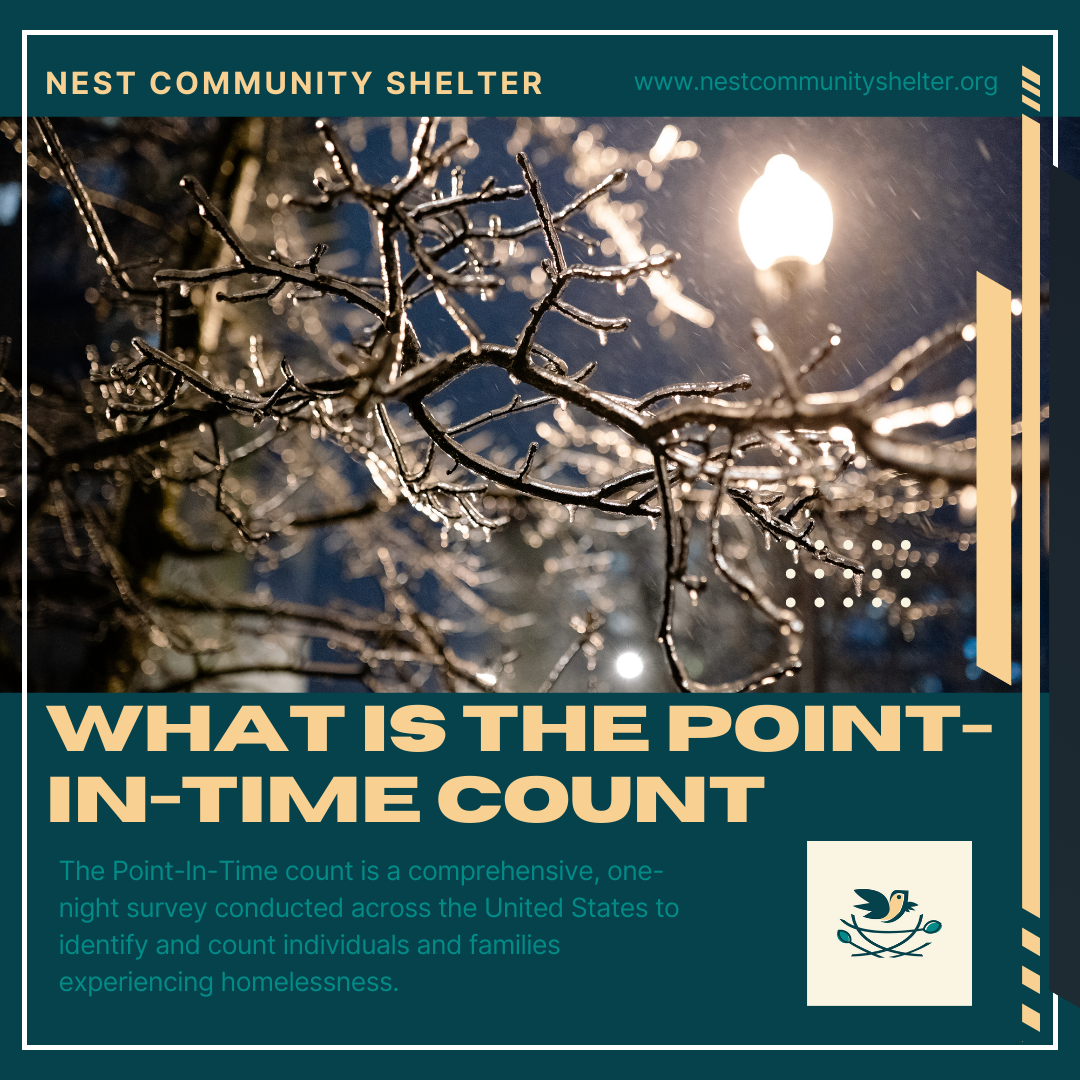
Last night volunteer organizations across our area bundled up and participated in the annual Person-In-Time Count also known as the PIT Count. Every January volunteers, trained social workers, and advocates for the unhoused population take to the streets to conduct the Point-In-Time Count. This massive undertaking is a critical tool in gauging the levels of the unhoused population locally, regionally, and nationally.
Conducted annually the PIT count as it is known is more than just a numerical exercise—it is a powerful means of understanding the amount of unhoused individuals who reside in our area and allows for support services to greater understand the magnitude of this issue in a given area. However, executing an accurate count, especially in our winter-stricken areas, presents unique challenges that demand attention as those out on the streets hunker down, out of sight for warmth and shelter.
What is the Point-In-Time Count?
The Point-In-Time count is a comprehensive, one-night survey conducted across the United States to identify and enumerate individuals and families experiencing homelessness. Typically completed in late January, the count provides a snapshot of the unhoused population on a given night, allowing local governments, service providers, and advocacy groups to assess the extent of homelessness and allocate resources more effectively.
Why Do the Numbers Matter?
Accurate PIT counts are an indispensable tool for shaping policies and initiatives to combat homelessness. By knowing the number of individuals experiencing homelessness, communities such as ours can tailor our strategies to address specific needs, allocate resources efficiently, and measure the impact of existing programs. These counts also contribute to securing federal funding, as they are often used to determine eligibility for grants and support services.
Challenges in Winter:
In our area, conducting a PIT count in the winter poses unique challenges that can impact the accuracy of the data collected. The harsh weather conditions prevalent in our area and other parts of the country where winter weather is wet and cold make it difficult to locate and engage with individuals who may be seeking refuge in obscure places to escape the cold. Snow-covered streets, reduced visibility, and the reluctance of individuals to leave their makeshift shelters compound the difficulty of conducting an exhaustive and accurate count.
Furthermore, the seasonality of homelessness is a crucial factor. In winter, people experiencing homelessness may seek alternative, less visible locations, such as abandoned buildings, to avoid exposure to the elements. This makes it challenging for outreach teams to identify and enumerate those in need, leading to potential undercounts.
The Point-In-Time count is a vital instrument in the ongoing battle against homelessness, offering insights that shape policies, programs, and resource allocation. However, the challenges posed by winter conditions cannot be underestimated. Nest Community Shelter is committed in partnership with other agencies in Michigan City and surrounding communities to complete as accurate count as possible.
To learn more about the National Point-In-Time Count, please visit the HUD Exchange Website Here. Only by understanding the nuances of homelessness in all its forms can our community and so many others hope to implement effective solutions that provide support and hope to those experiencing homelessness.



